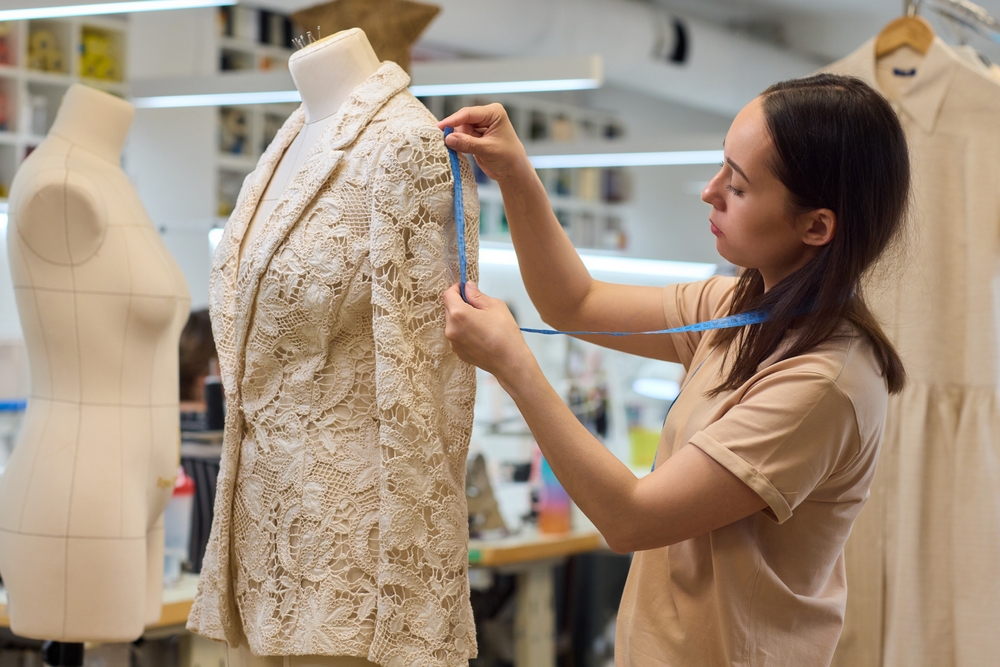Fashion Degree: Study Paths, Skills, and Career Options
A fashion degree combines creative practice with technical training to prepare students for roles across the clothing industry. Programs typically balance studio work, history, business fundamentals, and hands-on experience to help students design, construct, analyze, and market garments and textile products. Whether you aim for a role in design, production, merchandising, or research, a structured education provides frameworks, industry language, and practical portfolio pieces that support early career development.

Fashion: scope of a fashion degree
A fashion degree covers a broad range of topics that extend beyond sketching garments. Coursework often includes fashion history, trend analysis, digital illustration, patternmaking, draping, and portfolio development. Many programs emphasize conceptual thinking alongside technical competency, so students learn to articulate ideas, conduct research into consumer behavior, and present cohesive collections.
Internships, collaborative projects with industry partners, and show presentations are common components. These experiences introduce students to supply chain basics, retail environments, and studio practice, helping bridge classroom learning with the real-world processes that shape contemporary fashion careers.
Education: core curriculum and learning methods
Education in fashion blends classroom lectures, studio labs, and crits (critiques) to develop both knowledge and craft. Core modules often include sewing and garment construction, computer-aided design (CAD) for fashion, color theory, and materials science. Electives may cover sustainability, entrepreneurship, or costume design, allowing students to tailor studies to personal interests.
Assessment methods typically combine practical projects, written work, and presentations. Regular feedback cycles—studio reviews, tutor meetings, and peer critiques—encourage iterative improvement. Many institutions offer work placements or industry briefs that simulate professional briefs and deadlines, reinforcing time management and collaborative skills.
Design: developing creative and technical skills
Design focus in a fashion degree trains students to move from concept to finished garment. The design process taught in programs includes research, mood boards, sketches, textile selection, prototyping, and final collection assembly. Technical skills such as pattern drafting, grading, and fitting are paired with digital competencies like Adobe Illustrator and 3D garment software.
Creative problem-solving is central: students learn to interpret trends and user needs, develop unique visual language, and resolve construction challenges. Project briefs often require consideration of production feasibility, cost, and ethical sourcing, equipping designers to make informed decisions during development and manufacture stages.
Textiles: materials, sustainability, and lab work
Textiles study forms a crucial part of many fashion degrees, offering insight into fibers, weaves, knits, and finishes. Laboratory sessions may cover fabric testing, dyeing techniques, and textile performance evaluation, helping students choose appropriate materials for specific uses. Knowledge of textile behavior informs both aesthetic and functional choices in garment design.
Sustainability and innovation are increasingly integrated into textile modules. Topics can include lifecycle assessment, recycled and bio-based fibers, and circular design strategies. Understanding material impacts and alternatives helps graduates contribute to more responsible production practices in the wider clothing industry.
Clothing: career paths and industry roles
A fashion degree opens pathways into diverse roles related to clothing, from womenswear and menswear design to technical design, production management, buying, and merchandising. Graduates also move into fashion marketing, visual merchandising, styling, and costume work for film and theatre. Some pursue further study in specialized fields like textile science or sustainability.
Entry-level positions often require strong portfolios and practical experience; internships and collaborative projects can be decisive. Emerging roles in digital fashion, 3D sampling, and fashion technology reflect shifts in how clothing is designed, produced, and consumed, broadening potential career trajectories for graduates.
A degree is not the only route into the industry, but it provides structured learning, access to workshops and equipment, and professional networks. Continuing professional development—short courses, workshops, and on-the-job training—helps practitioners keep pace with changing tools, materials, and market demands.
Conclusion
A fashion degree offers a structured mix of creative exploration, technical training, and industry exposure that prepares students for a range of roles within the clothing and textile sectors. By combining design thinking, material knowledge, and practical production experience, programs aim to equip graduates to contribute thoughtfully to the evolving fashion industry and to adapt as design tools, sustainability expectations, and consumer behaviors change.






